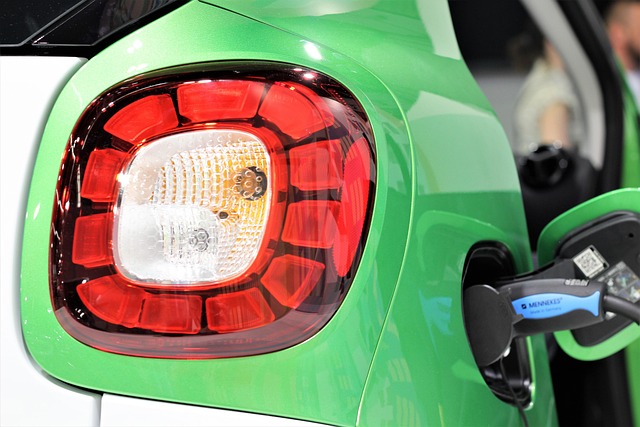As the world continues to grapple with the ramifications of climate change, the conversation surrounding zero-emission vehicles (ZEVs) has gained significant traction. These vehicles, which produce no greenhouse gas emissions during operation, represent a crucial component of our global strategy to create a more sustainable future. The integration of ZEVs into rural development is not merely an environmental choice; it’s a path towards revitalizing rural communities while promoting transport sustainability.
For many rural areas, public transportation options have historically been limited, leaving residents reliant on personal vehicles, often powered by fossil fuels. The introduction of zero-emission vehicles offers a transformative solution, enabling communities to redefine their transport systems. Imagine rural towns where electric cars, buses, and even bicycles powered by renewable energy dominate the streets. This shift could drastically reduce local air pollution, improving the quality of life and promoting a healthier environment for all residents.
Moreover, by integrating ZEVs into the fabric of rural life, we can boost local economies. The establishment of charging stations can create job opportunities, while incentives for businesses to adopt zero-emission fleets can lead to increased trade and traffic in otherwise overlooked areas. Farmers can transport goods more efficiently, and local services can thrive with the integration of eco-friendly transportation options.
However, the transition towards zero-emission vehicles in rural settings comes with its own set of challenges. Infrastructure development is crucial in ensuring that charging stations are accessible and that residents feel confident in making the switch. Policymakers and industry leaders must collaborate closely to create a roadmap that supports rural electrification while ensuring affordability and availability.
The potential benefits of zero-emission vehicles extend beyond just sustainability; they provide an opportunity for rural communities to engage with modern technology, enhancing connectivity not only within regions but also to urban centers. As we embrace this transition, we can rebuild social connections and foster a sense of community through improved transport options.
The idea of having zero-emission vehicles integrated into rural infrastructure is not just a dream—it’s a realistic and achievable goal. With the right policies, investment in charging infrastructure, and community engagement, we can pave the way for a greener, more sustainable future. Together, let’s embark on this journey toward a cleaner, healthier world while ensuring that no community is left behind in this essential transition.




